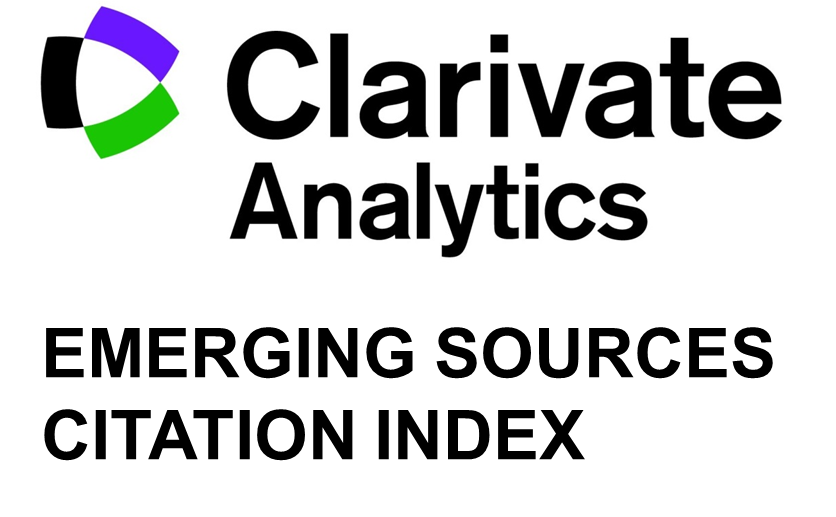Market characteristics and entry strategy decision making: the market perspective of Croatian elderly care homes
DOI:
https://doi.org/10.5937/StraMan2300050VKeywords:
long-term care (LTC), elderly care home, market concentration, market competition, new entrant, Herfindahl-Hirschman index (HHI), CroatiaAbstract
Background: Socio-demographic changes increase the need for long-term elderly care. Consequently, providing formal institutional service in elderly care homes is an interesting opportunity for entrepreneurs. However, the entry strategy decision is influenced by numerous external variables.
Purpose: The main goal is to answer what determines market concentration as one of the most important market entry determinants.
Study design/methodology/approach: A linear regression model has been formed and tested on the Croatian elderly care home market, observed on a county level, using data for 2021. Further, a cluster analysis, as a decision-support tool, has been made to assess market characteristics that are more likely to attract new entrants to the elderly care home market.
Findings/conclusions: Results indicate that demand for long-term care services plays a significant role, and the market with more elderly will attract more competitors. When the level of GDP per capita and the unemployment rate are observed together, markets with stronger economies tend to attract entrepreneurs. In other words, it is more likely that someone will open an elderly care home in a densely populated county with individuals that can afford formal institutional long-term care for themselves or family members.
Limitations/future research: The shortcomings are mainly related to the lack of data on prices and quality measures. Further, information on the number of beds in each elderly care home would enable an alternative calculation of the Herfindahl-Hirschman index, while data on service prices and structure of employees as a proxy for quality (medical and non-medical staff) would enable a more reliable comparative analysis of obtained results. Future studies on this subject include variables related to the portion of unemployed females in the market since female family members more often provide informal care, and at the same time, they are more likely to be employed in formal long-term care institutions.
Downloads
Published
Issue
Section
License
Copyright (c) 2023 Josipa Višić

This work is licensed under a Creative Commons Attribution 4.0 International License.














